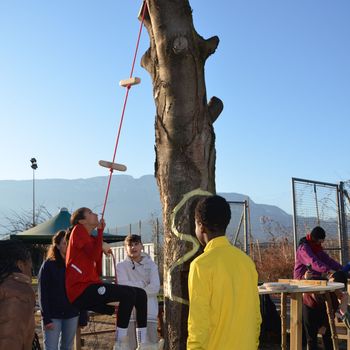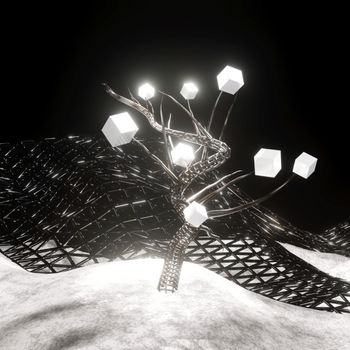Il Segno
Alice Makselj
Series of six paintings, 100x250cm, charcoal on paper
Walking along a path in the wood of Settequerce (Bolzano) one comes to a stream surrounded by vegetation where there is a small altar and some pews hidden by plants and flowers. It is not a popular place, but it is very special as it is said that on 27 September 1991 the Madonna appeared to a man, Nello Rizzati. No words, just an impressive vision of a woman crying, with a pained expression and a series of small flowers sprouting from her tears, which were interpreted by Nello as a warning and as a sign of nature suffering, but also as the graces of various kinds that the Madonna offers to those who have an open heart and respect the others and nature.
This hidden place became the source of inspiration for my project, which consists of a series of paintings, that lead the viewer to reflect on the relationship between religion, humankind and nature. The paintings are part of a mental and physical process that traces my childhood memories up to today and my relationship with that very special place and its history.
When making the paintings, I used not only my hands, but all of myself, indeed I used colors to leave the imprint of my body on paper and I created a crying and suffering religious symbol with human but also abstract features. The relationship between the crying Madonna, myself and the landscape became the main subject of my project, which explores a supernatural event that has the power to capture the viewer and provoke questions about self and belief.
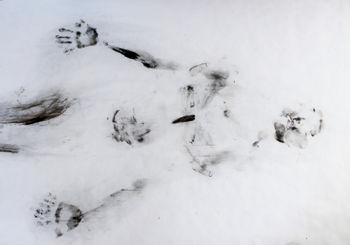
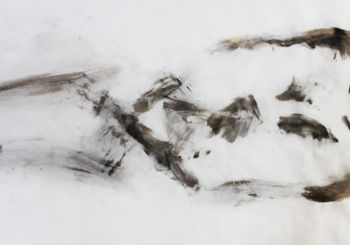
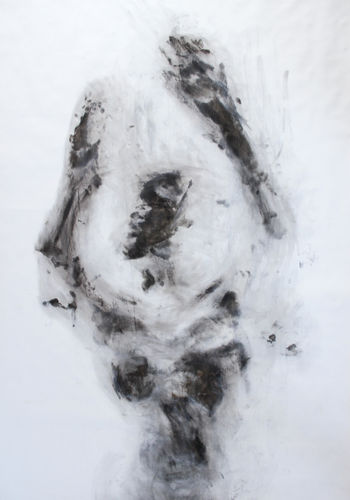
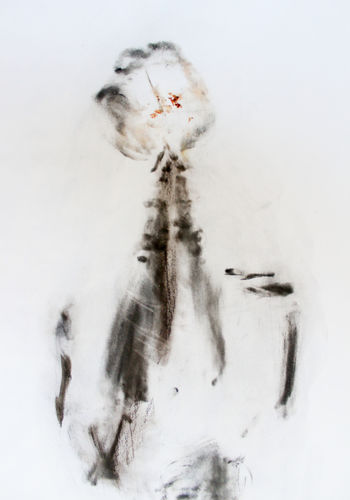

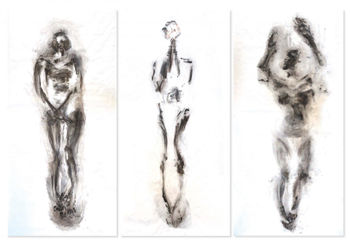
Reading Landscapes: Sites, Representation and Histories of Contested Spaces
